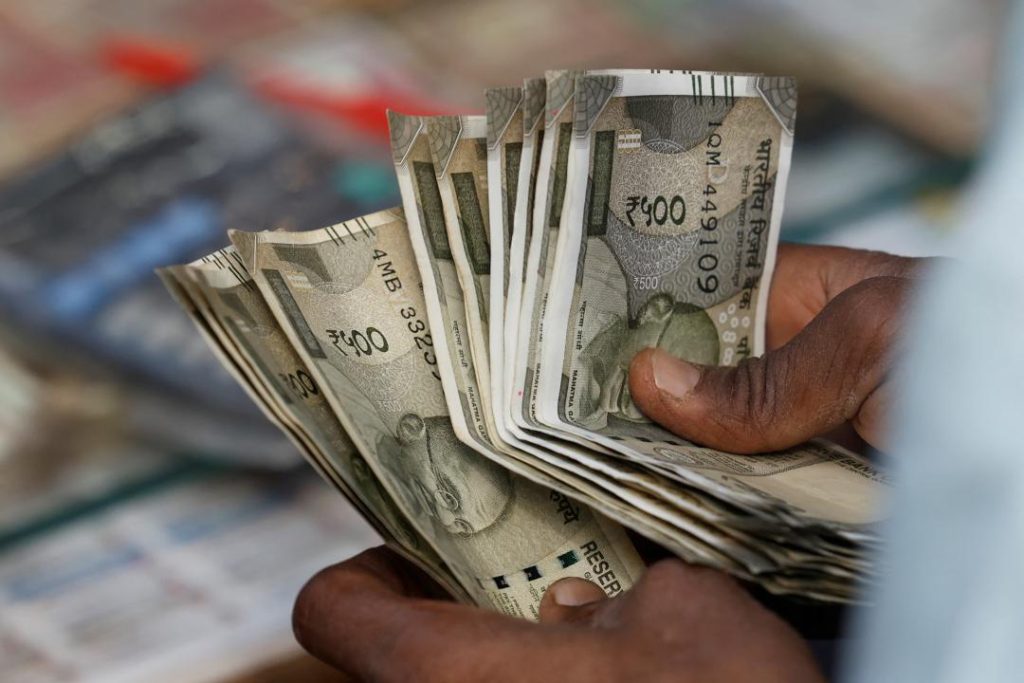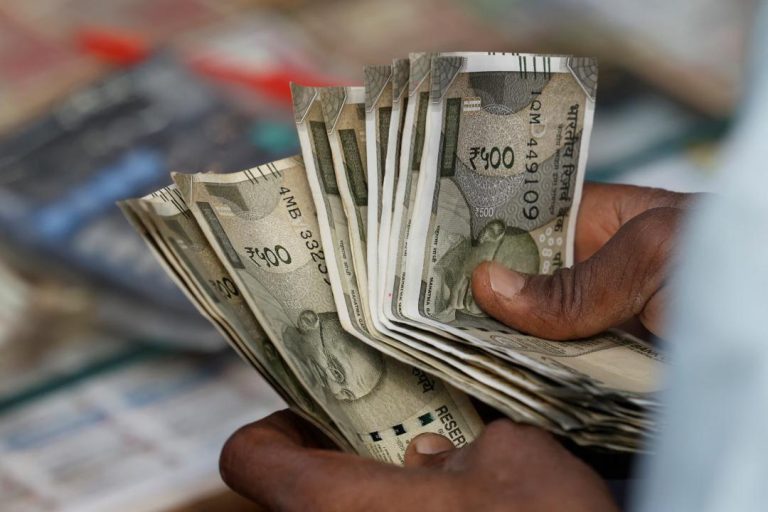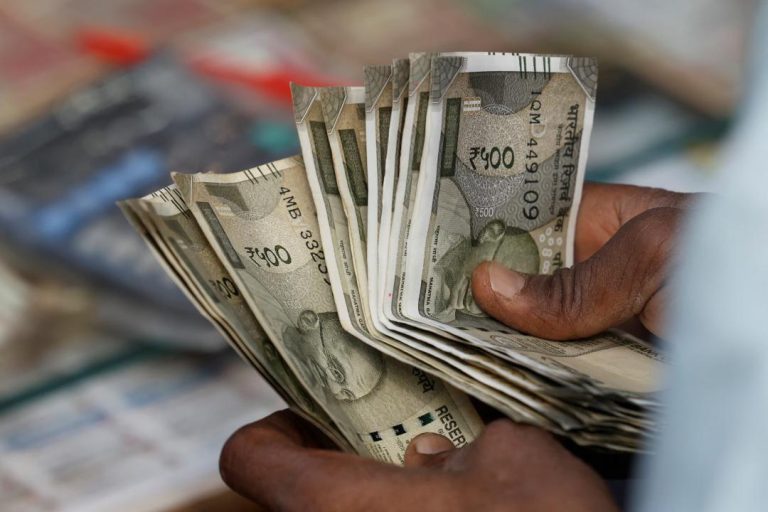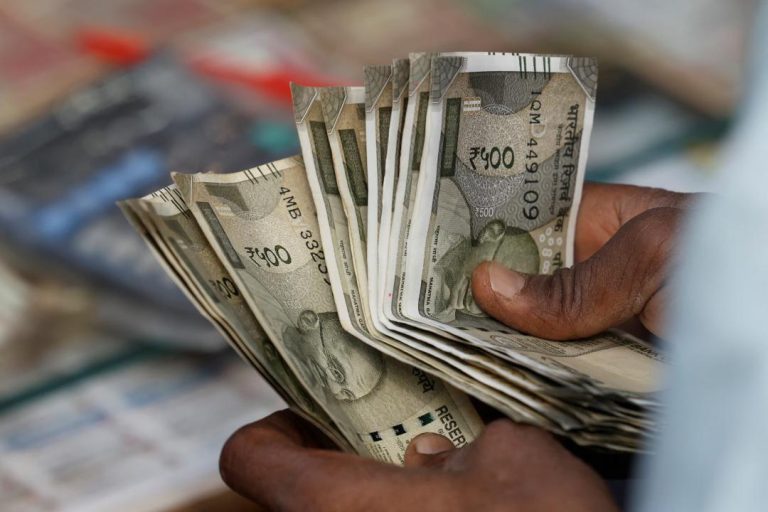
What Got Cheaper & Costlier in March as CPI Falls to 67-Month-Low of 3.34%?
The Consumer Price Index (CPI), which measures the average change in prices of a basket of goods and services, has been a crucial indicator of India’s inflationary trends. In March, the CPI recorded a significant drop, falling to a 67-month low of 3.34%. This decline in retail inflation is a welcome relief for consumers, who have been grappling with rising prices in recent years. But what does this mean for the prices of everyday essentials? Let’s take a closer look.
The Winners:
Prices of eggs, vegetables, and pulses saw a considerable decline in March. According to the data released by the Ministry of Statistics and Programme Implementation, the prices of eggs fell by 2.28%, while vegetables and pulses recorded a drop of 2.15% and 1.83%, respectively. This is a significant relief for households, as these staples are a vital part of the average Indian diet.
Spices, meat, fish, housing, recreation, and amusement also saw prices drop marginally, with declines ranging from 0.15% to 0.45%. These minor decreases are a welcome respite for consumers, who have been facing rising prices in these categories in recent times.
The Losers:
However, not all prices fell in March. Fruit prices saw a significant jump, rising by 3.24%. This is likely due to supply chain disruptions and weather-related issues, which have affected fruit production and availability.
Prices of cereals, milk, oil, sugar, confectionery, clothing, snacks, sweets, pan, tobacco, footwear, fuel, health, and education also saw marginal rises, ranging from 0.15% to 0.45%. While these increases may seem small, they can still have a significant impact on household budgets.
What’s Behind the Decline?
So, what’s behind the decline in retail inflation? There are several factors at play. One key reason is the decline in global oil prices, which has led to a reduction in domestic fuel prices. This has had a ripple effect on other commodities, leading to a decline in prices across the board.
Another factor is the good monsoon season last year, which has led to a bumper crop of vegetables and pulses. This has resulted in a surplus in the market, leading to a decline in prices.
The government’s efforts to curb inflation have also played a role. The Reserve Bank of India (RBI) has been tightening monetary policy, which has helped to reduce inflationary pressures.
What Does This Mean for Consumers?
The decline in retail inflation is a welcome relief for consumers, who have been facing rising prices in recent years. With prices of essential commodities like eggs, vegetables, and pulses falling, households can expect to save some money on their daily expenses.
However, it’s essential to note that not all prices have fallen. Fruit prices, in particular, have seen a significant jump, which may affect consumer spending.
Conclusion:
The decline in retail inflation to a 67-month low of 3.34% is a positive development for the Indian economy. While prices of some commodities have fallen, others have seen minor increases. As consumers, it’s essential to stay informed about price changes and adjust our spending habits accordingly.
The government’s efforts to curb inflation are also commendable, and it’s hoped that these measures will continue to have a positive impact on the economy. As we move forward, it will be essential to monitor price trends and adjust policy accordingly to ensure that the benefits of economic growth are shared by all.
Source:






